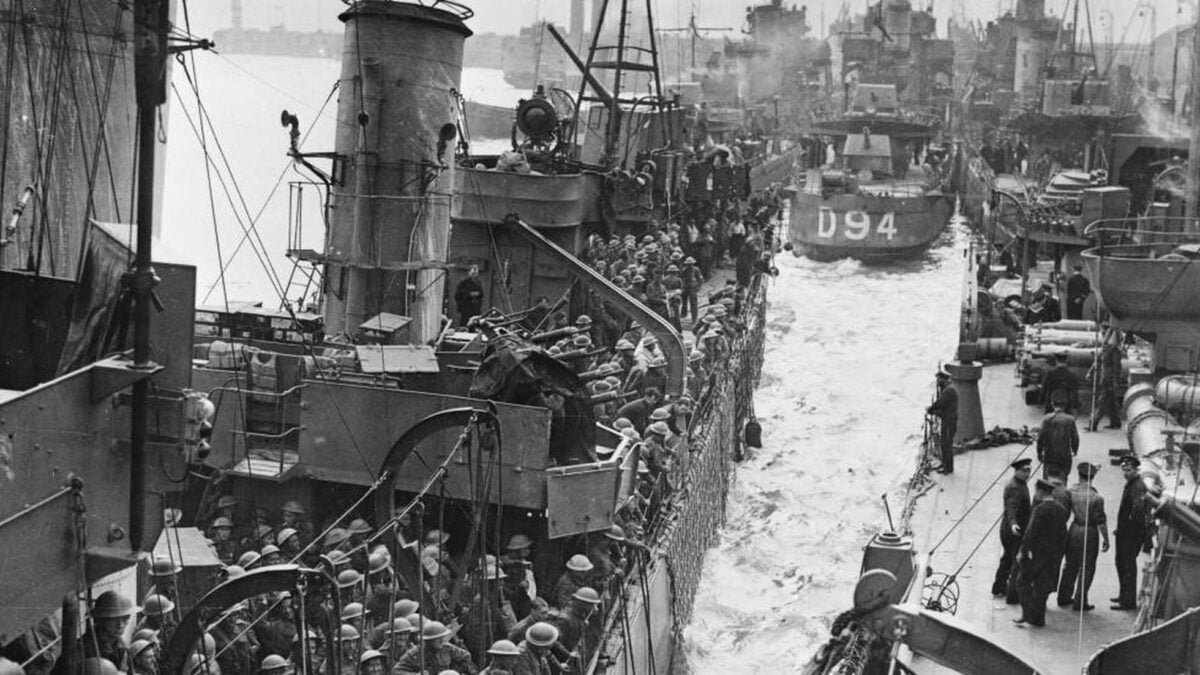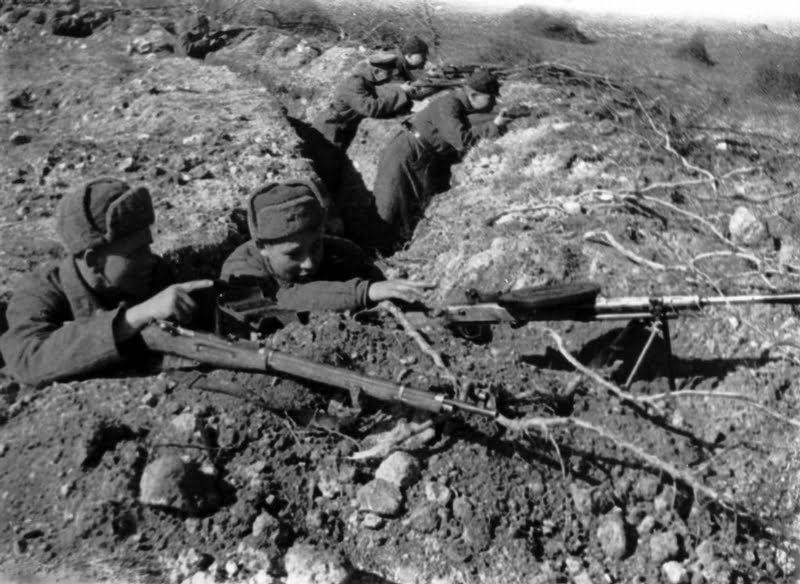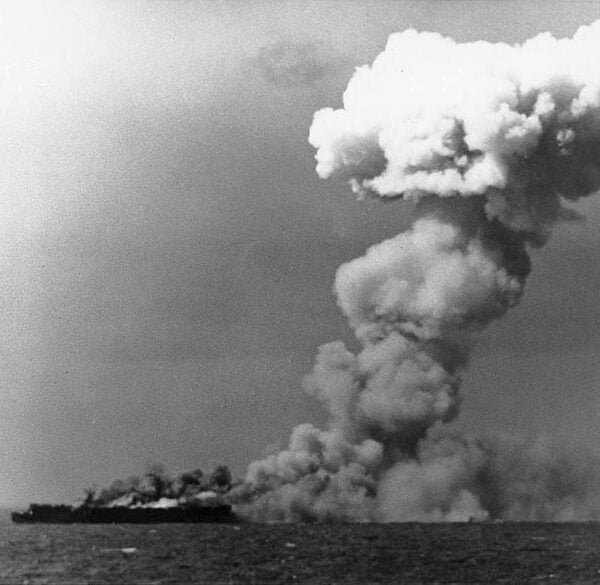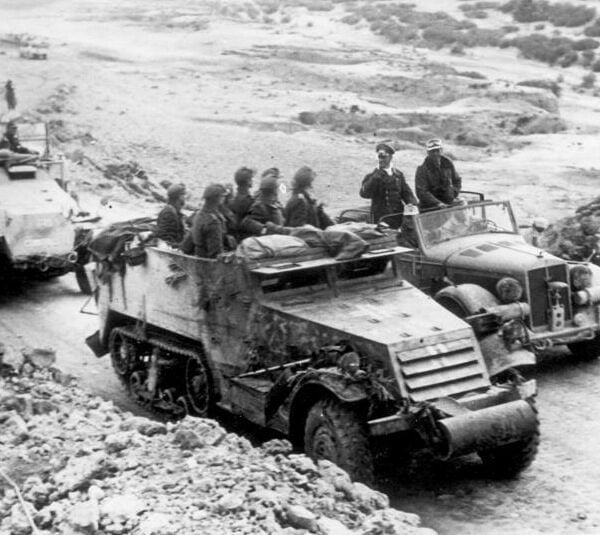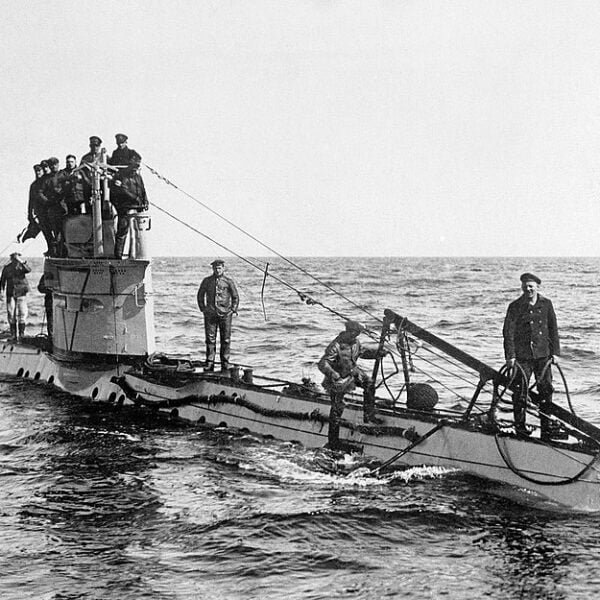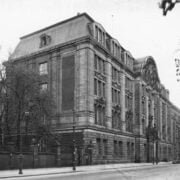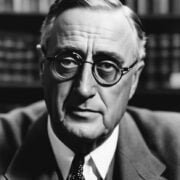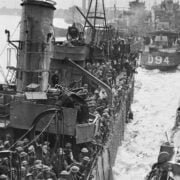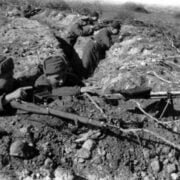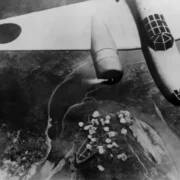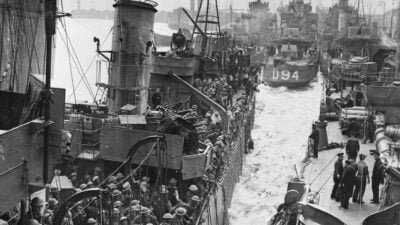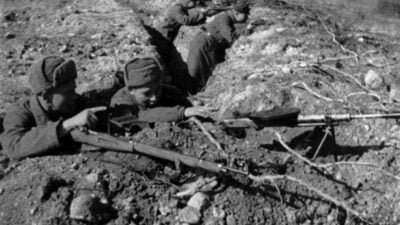The Gestapo, or Geheime Staatspolizei, was the secret police of the Nazi regime during the Third Reich. In this article, we will explore The Rise of the Gestapo, its organizational structure, and the cruel tactics employed during one of the darkest periods in world history.
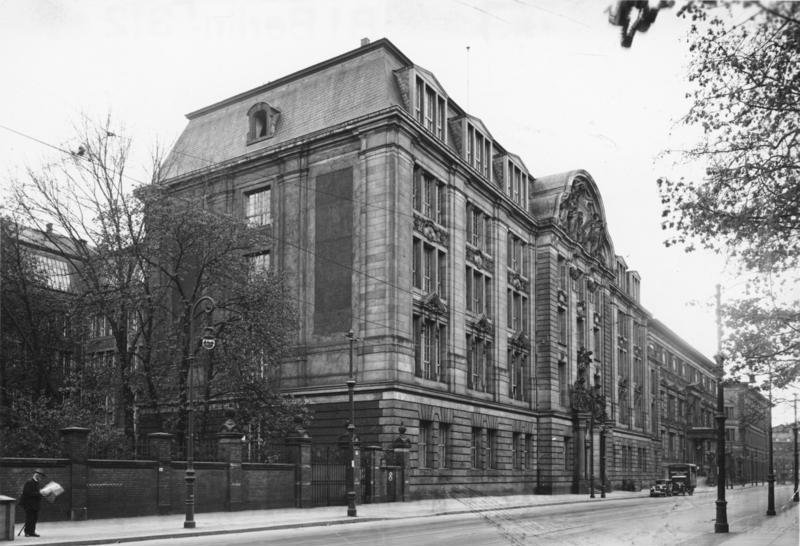

You can also access: Operation Dynamo: The Miraculous Evacuation of Dunkirk
The Emergence of the Gestapo in Nazi Germany
In the tumultuous political landscape of post-World War I Germany, Adolf Hitler emerged as a charismatic leader and founder of the Nazi Party. In 1933, upon assuming the position of Chancellor, Hitler consolidated his power and initiated profound transformations within the state apparatus. Hermann Göring, then, appointed Heinrich Himmler as the head of the police, a crucial step towards the establishment of the organization.
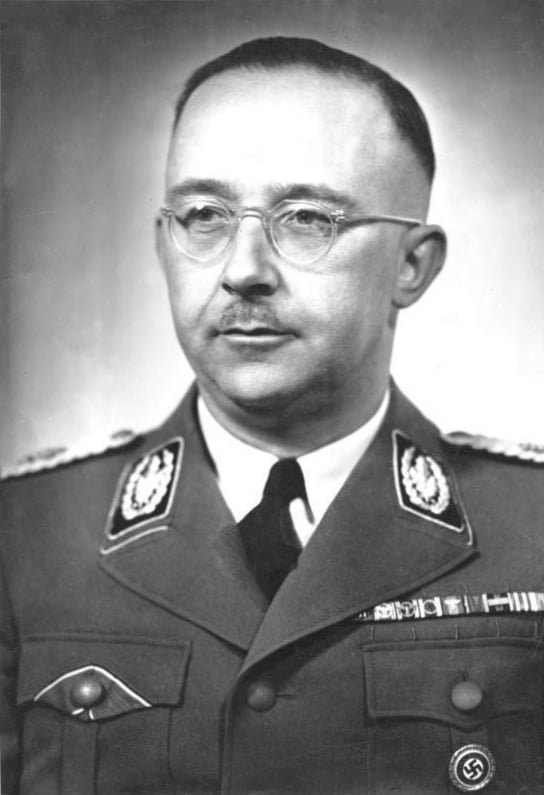

The Appointment of Heinrich Himmler and the Genesis of the Gestapo
With Himmler’s appointment, the organization began to take shape as a secret police entity aimed at consolidating Nazi power. Himmler, known for his unwavering loyalty to Hitler, shaped the organization according to the principles of Nazi ideology. The Gestapo was not just a police force; it was an instrument of political control, created to eradicate any form of dissent.
“The Gestapo, known for its ferocity, employed interrogation methods aimed at breaking resistance and extracting information at any cost.”
The organization, then subordinate to the SS (Schutzstaffel), became a crucial pillar of the Nazi regime, acting beyond the traditional boundaries of the police. Its rise coincided with the suppression of political opponents, independent journalists, and any dissenting voices. From this point onward, it would play a sinister role in instilling fear and eliminating any perceived threats to Hitler’s government.
Interrogation Methods
The Gestapo, recognized for its ferocity, employed interrogation methods aimed at breaking resistance and extracting information at any cost. Victims were often subjected to physical and psychological torture, creating an atmosphere of terror that discouraged any form of resistance. This approach was an integral part of the strategy to ensure absolute compliance with the ideas and policies of the Nazi regime.
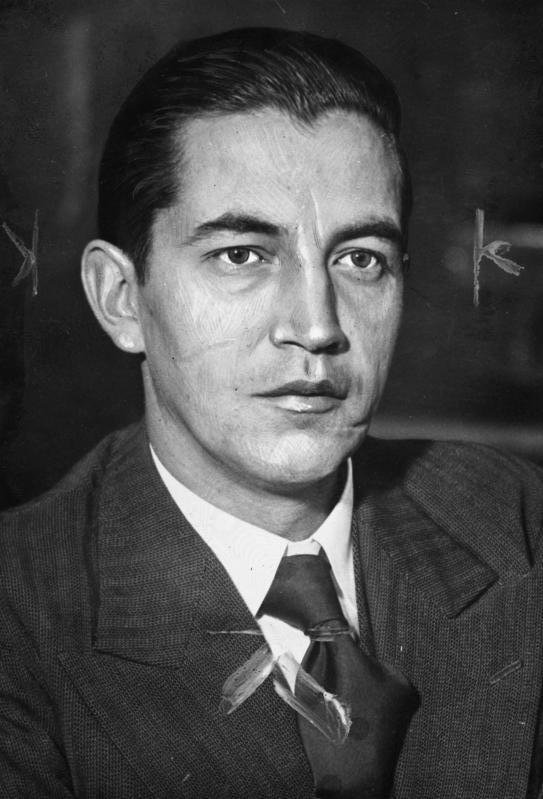

Torture as a Tool of Coercion and Intimidation
Torture was often used as the primary means of obtaining confessions and information. Methods such as beatings, electric shocks, and sleep deprivation were employed to break the victims’ will. The Gestapo believed that extreme cruelty not only ensured the extraction of information but also served as a warning to those who dared to challenge the regime, creating an atmosphere of widespread fear.
In addition to physical techniques, the Gestapo employed psychological tactics to destabilize prisoners. Interrogators were trained to create an atmosphere of uncertainty, using threats and mind games to undermine the confidence of those in custody. This psychological aspect of interrogations aimed not only to extract immediate information but also to break the spirit of resistance, ensuring complete submission to the will of the Nazi regime.
The Role of the Gestapo in the Night of the Long Knives
The Night of the Long Knives, which occurred in June 1934, was a crucial moment for the consolidation of Adolf Hitler’s power. The Gestapo played a significant role by being instrumentalized to arrest and execute members of the Sturmabteilung (SA), led by Ernst Röhm. The SA, a paramilitary militia, had become a potential threat to the Nazi regime, and Hitler saw it as an effective tool to eliminate this internal rivalry.
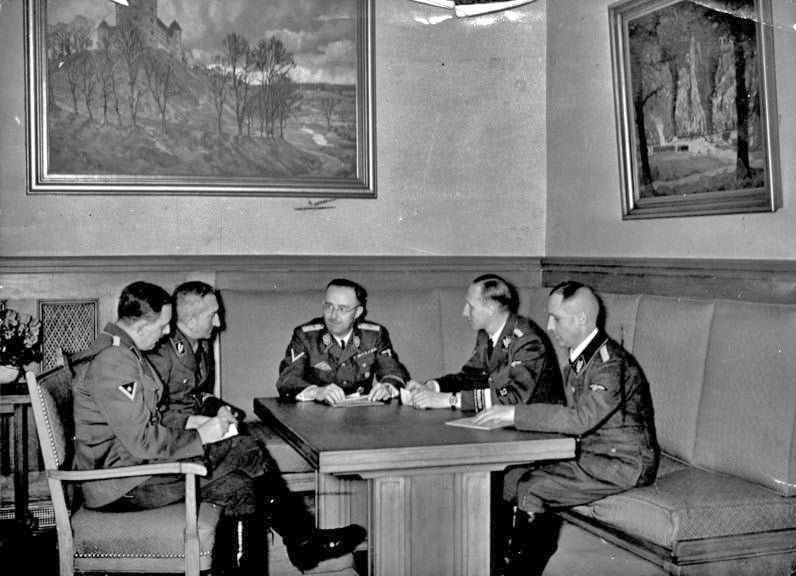

The Suppression of the SA and the Assertion of Hitler’s Authority
Under the orders of Heinrich Himmler, the Gestapo acted with brutality during the Night of the Long Knives. Röhm and other SA leaders were arrested and, in many cases, summarily executed. The operation not only eliminated a potential threat to Hitler’s leadership but also consolidated the power of the SS and the Gestapo as crucial security forces within the Nazi regime. This episode demonstrated Hitler’s willingness to eliminate any obstacle to his authority, even if it meant turning against long-time allies.
The Night of the Long Knives had lasting implications for the political and institutional structure of the Third Reich. The Gestapo emerged as an effective internal repression force, further solidifying its role as the enforcer of the regime’s authoritarian policies. This event also sent a clear message that Hitler would not hesitate to eliminate any element deemed a threat, shaping the future trajectory of Nazi Germany towards an increasingly brutal and totalitarian dictatorship.
FAQ
What does the term ‘Gestapo’ mean?
‘Gestapo’ is the abbreviation of ‘Geheime Staatspolizei’, which in German means Secret State Police. It was the official political police of the Nazi regime during the Third Reich.
Who was the leader of the Gestapo during the Nazi regime?
Heinrich Himmler was the leader of the Gestapo. Appointed by Hermann Göring in 1933, Himmler played a crucial role in the formation and operation of this security organization.
What was the historical event associated with the role of the Gestapo in the elimination of SA members?
The Gestapo played a prominent role in the Night of the Long Knives, which occurred in 1934, when SA leaders such as Ernst Röhm were arrested and executed, consolidating the power of Hitler and the SS.
